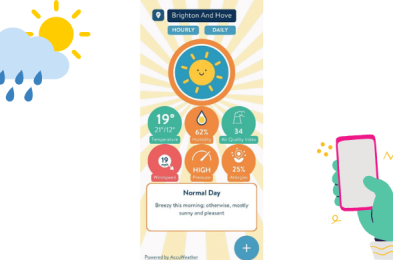 Under evaluation with potential for adoption
Under evaluation with potential for adoption
Casper: specialist workflow management system
Casper is a web-based platform that simplifies the process of managing a patient from diagnosis to treatment in secondary/tertiary care. The result is a reduced admin burden on clinical teams, improved efficiency and reduced waiting times for patients.
Casper is used to manage patients in oncology, pathology, endscopy and other clinical areas. Approx. 25% of the UK's radiotherapy patients are managed using Casper.
About
The clinical pathway of a patient referred to secondary care for specialist investigation is often complex. To expedite the patient from diagnosis to treatment can involve multiple clinical disciplines, across multiple appointments, multiple locations and even multiple service providers. This complexity exists regardless of the clinical discipline and referring symptoms.
Casper simplifies this.
In order to complete a Casper referral, the clinician submits information into the system. Casper utilises logic, following a rules-based approach, built upon local clinical pathways and need. This ensures that all minimum data is captured at the point of referral while also validating whether the referral is clinically appropriate. This provides immediate feedback to the clinician.
Once a referral is made within Casper, the system alerts staff (or staff groups) to the tasks that they need to undertake in order to expedite the patient along their individual pathway. It does this by following locally-defined rules and logic, which are easily configured within Casper. The result of transparency and simplicity is brought to complex linear clinical pathways.
Attached is an example of an actual paper-based cancer patient pathway from decision to treat to commencement of radiotherapy treatment and the impact that Casper made in improving the speed and efficiency of the process. Prior to Casper, the pathway was manual, linear and involved at least eight hand-offs of the paper between staff groups. Data quality was variable, the potential for delays or lost/misplaced referrals was high, and there was little oversight of the entire system at any one time to support efficient capacity planning.


